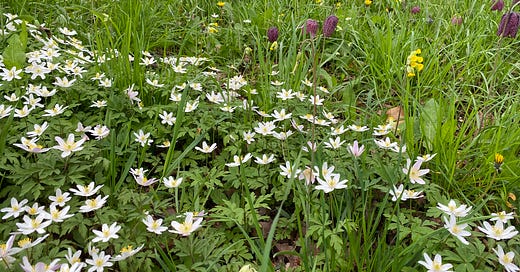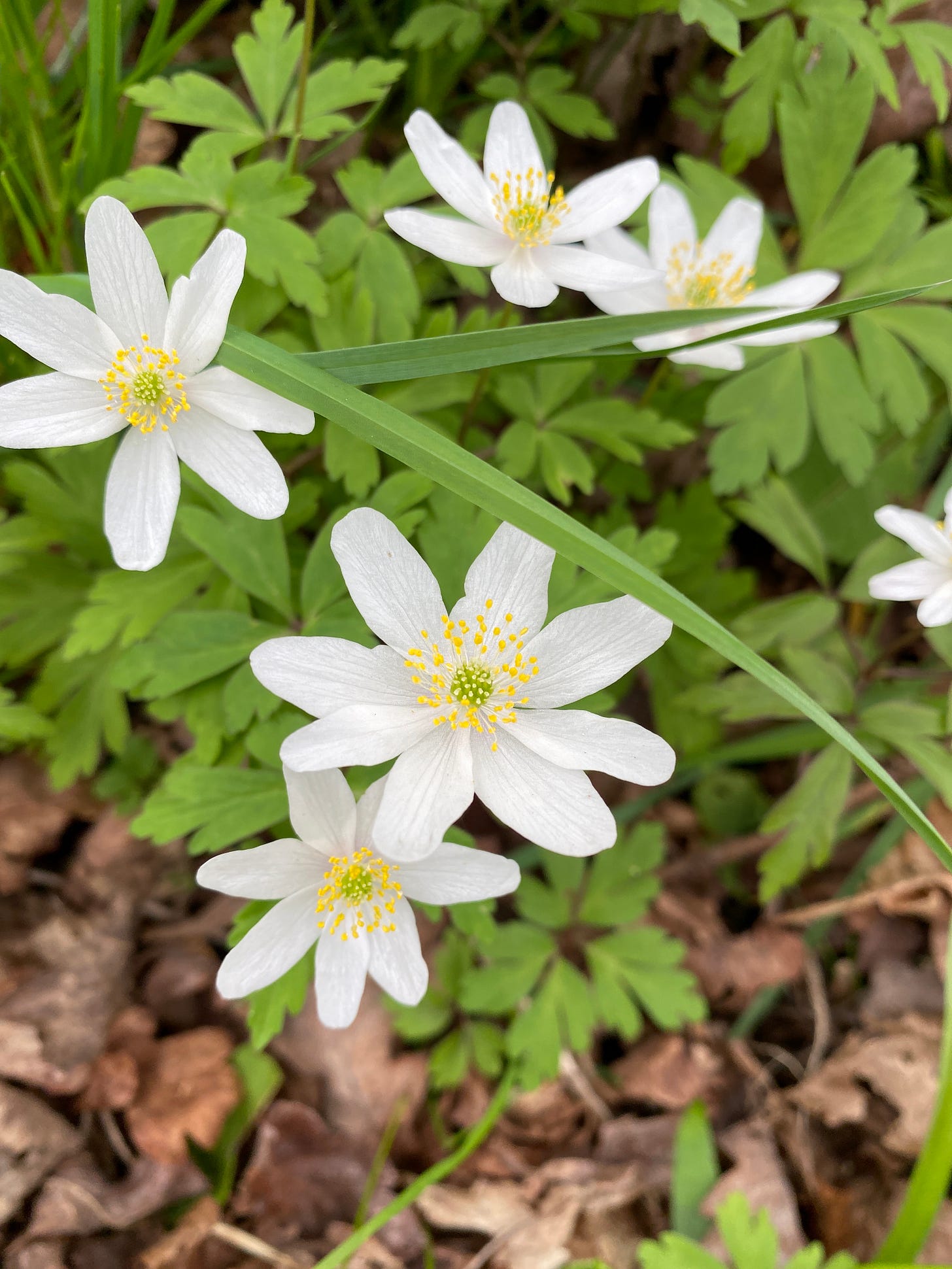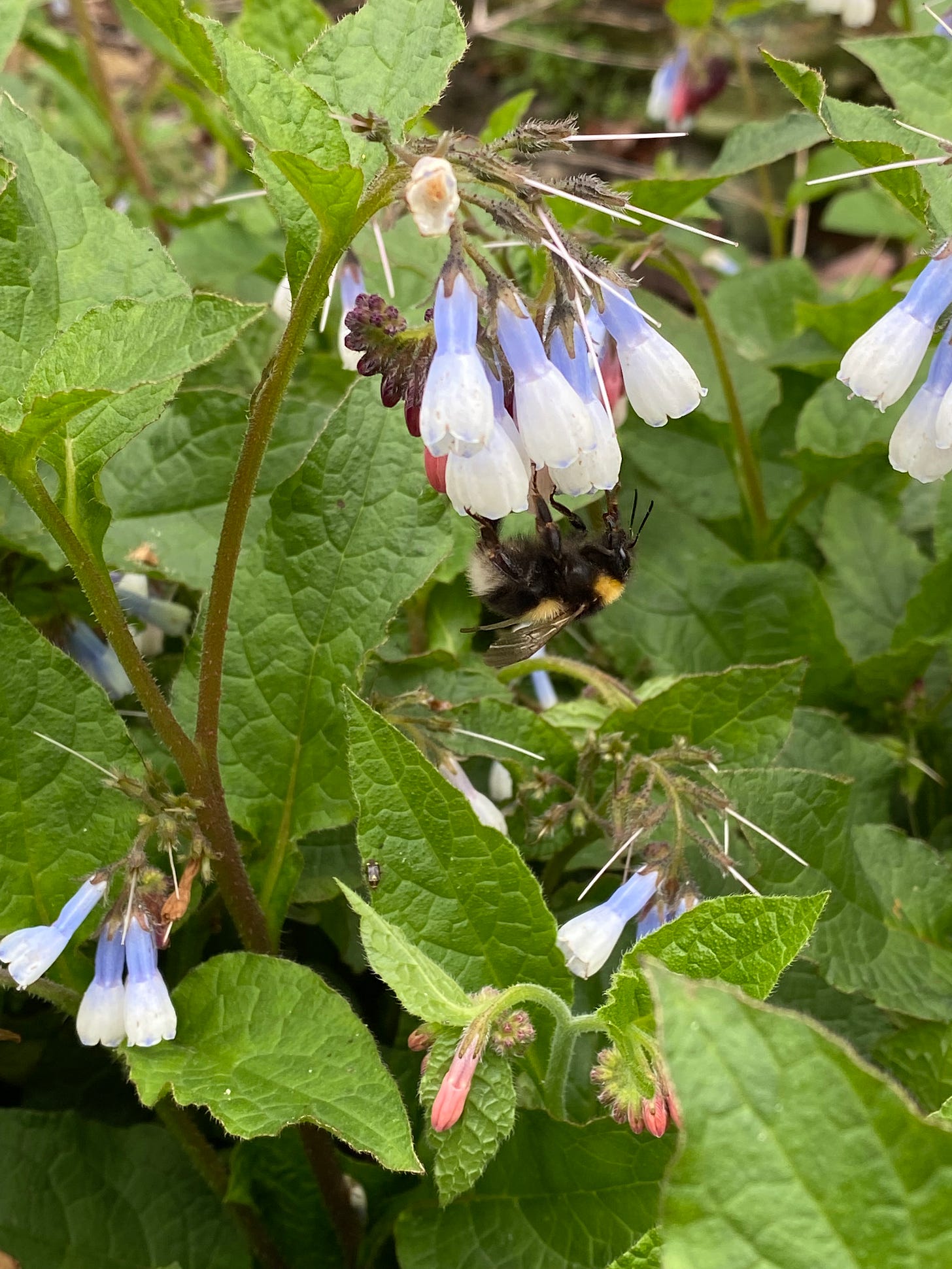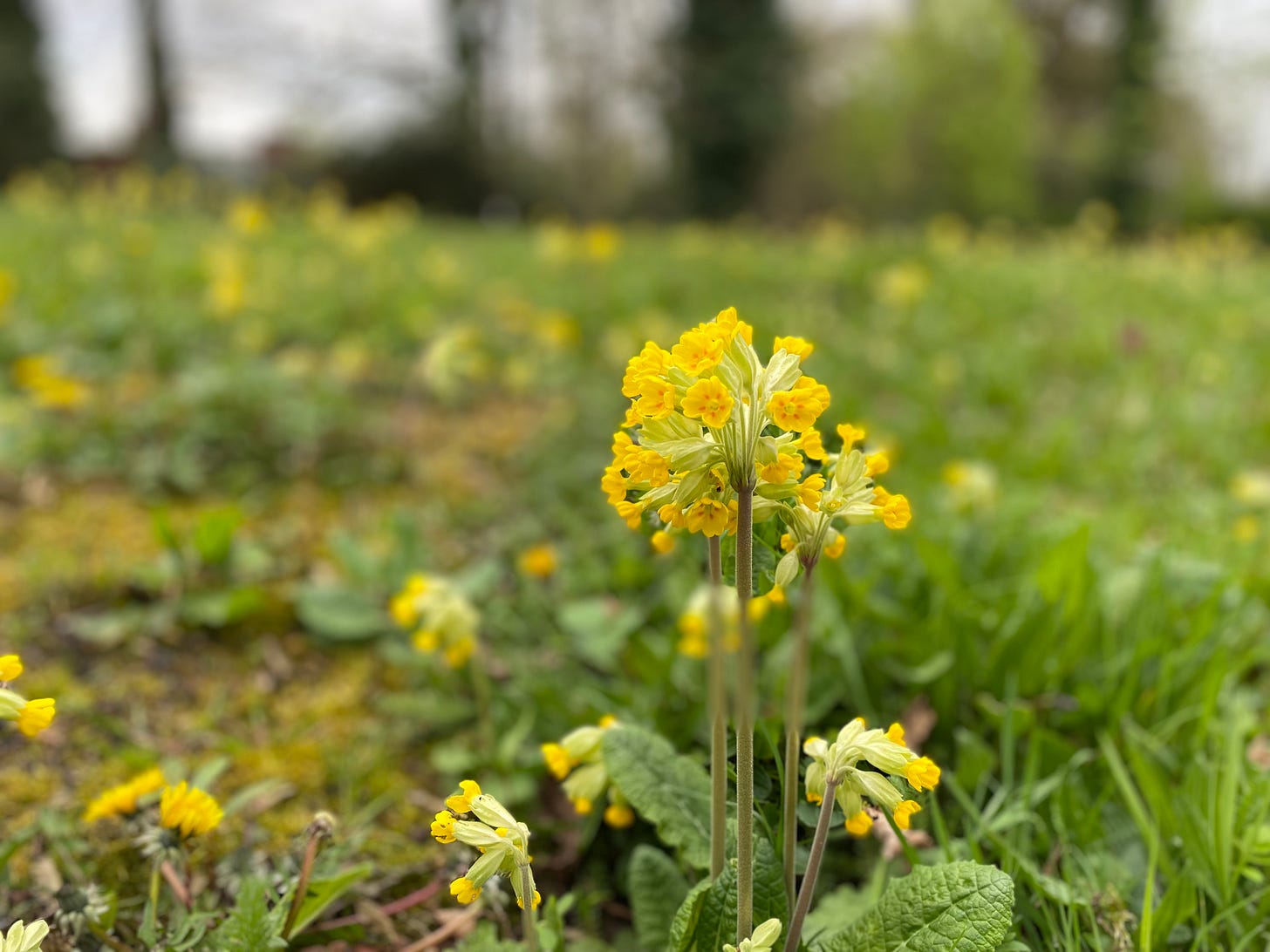As we move to becoming, or at least understanding what it means to be, nature-positive, its sad to see a major survey of plant life in the UK and Ireland (The Plant Atlas 2020 1 is the third produced by the Botanical Society of Britain and Ireland) that found that non-native species have thrived while some native plants have declined due to. increasingly insensitive land activity and climate change.
20-year research project reveals devastating loss of British & Irish flora
The new Plant Atlas is the most powerful statement ever produced on the state of our wild and naturalised plants with four key findings:
53% of our native plants such as Heather and Harebell have declined in Britain due to human impacts such as agricultural intensification and climate change
non-native plant species now outnumber native plant species in the wild – this startling discovery has huge implications for the insects and other species that depend on our native plants
many non-native species are benign but some such as New Zealand Pigmyweed and Sitka Spruce have become invasive, disrupting ecosystem function and outcompeting native species
many montane plants have declined due to climate change whereas some southern species such as Bee Orchid have benefited and spread further north
“The decline of our beautiful native plants is heartbreaking and has consequences for us all” Craig Bennett, chief executive of The Wildlife Trusts
Botanists counted more non-native than native species in the wild over a 20-year period with one in every five plant species in the UK now listed as threatened. The survey shows evidence of how climate change is affecting plant life for the first time over a fifty-year timeframe. The decline in plant life is largely driven by increased use of land for development, intensive agriculture as well as pesticides in farming. The report calls for stronger laws to safeguard natural sites and the extension of plants’ natural habitats with sustainable land management.
And here is the vital, regenerative aspect, the report calls for "plant blindness" to be addressed, and that people be taught how to appreciate and understand the importance of flora.
Know My Name
Robyn Wall Kimmerer, a botanist and member of the Citizen Potawatomi Nation, has written extensively about the importance of knowing the names of plants. In her book “Braiding Sweetgrass,” she argues that knowing the names of plants is a powerful way of establishing a relationship with the natural world, we begin to understand their characteristics, their relationships to other plants and animals, and their cultural significance, and in doing so help us to better care for the natural world. Knowing the names of plants is a crucial step in developing a deeper and more meaningful relationship with the natural world.
When we know the names of the plants around us, we become more invested in their well-being and are more likely to take steps to protect them. RWK
In particular, Kimmerer emphasizes the importance of knowing the indigenous names of plants, which often carry deep cultural and spiritual significance. She argues that by using these names, we can honour and respect the knowledge and wisdom of the indigenous communities who have lived in harmony with the land for generations.
Nature Positive
Britain is now one of the most nature-depleted countries in the world. That decline in biodiversity is also the subject of a new BBC documentary, Wild Isles, presented by Sir David Attenborough. One in every five plant species in the UK is listed as threatened. BBC
… is the concept that our activities have a positive impact on nature and the environment, rather than a negative one as it has been to date. It means that we strive to protect and restore nature while also ensuring that our activities have a regenerative effect on ecosystems. A nature positive approach involves taking measures such as rewilding areas, promoting sustainable agriculture and forestry, reducing greenhouse gas emissions, and transitioning to a circular economy that minimizes waste and pollution.
Here in the UK Biodiversity net gain is an approach to development that aims to leave the natural environment in a better state than before. New developments must provide a measurable net gain in biodiversity, which means that the area of habitat that is created, restored, or enhanced must be greater than the area that is lost or degraded as a result of the development.
The UK government has made a commitment to require biodiversity net gain for all new developments in England through the Environment Bill. This will become mandatory by November 2023, meaning that developers will be required to ensure that their projects achieve a minimum 10% net gain in biodiversity, as measured by a Biodiversity Metric, achieved through onsite or offsite habitat protection.
or if you liked this post, you can show yourappreciation by buying a coffee!
Notes
The next post in the Regen/Notes’ thinking biophilia series will arrive next week exploring mindfulness and biophilia … check out the earlier Regen/Notes post here
Zoom Regenerative gathers again on the 21 March Registration is open here on Eventbrite
Our LFE Biophilia Summit on the 7th of June is calling for papers (until the end of March) Details are here.
Plant Atlas 2020 is the most in-depth survey of the British and Irish flora ever undertaken. It builds on two previous plant distribution atlases (1962 and 2009) published by the Botanical Society of Britain and Ireland in the twentieth century. Plant Atlas 2020 will serve as an essential resource for the study and conservation of our wild plants and their vitally important habitats for decades to come. https://bsbi.org/plant-atlas-2020






